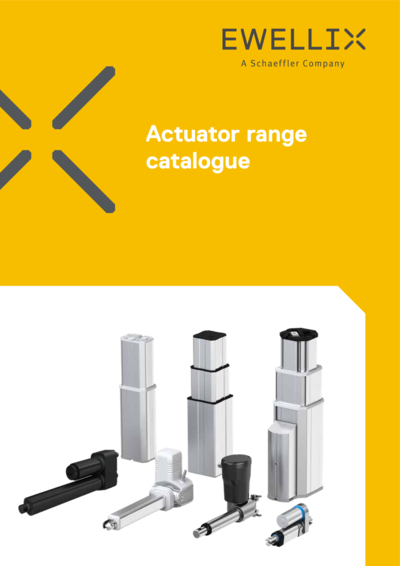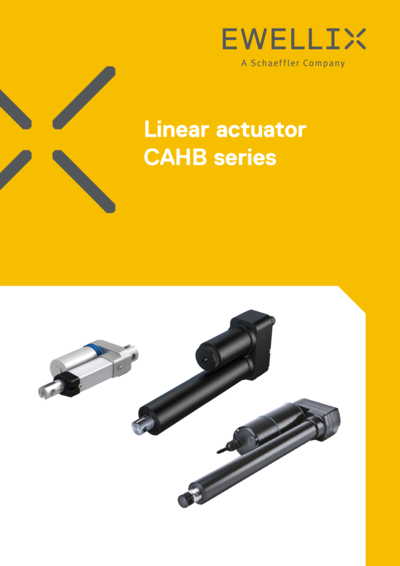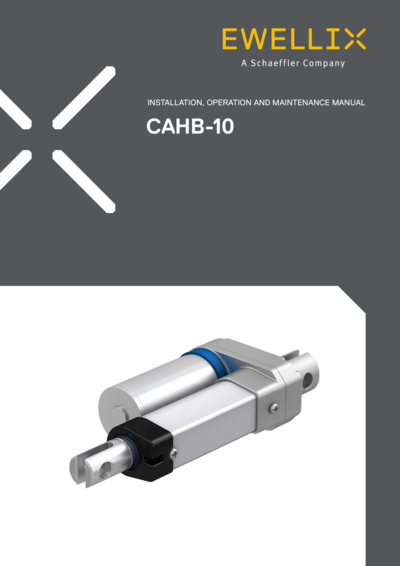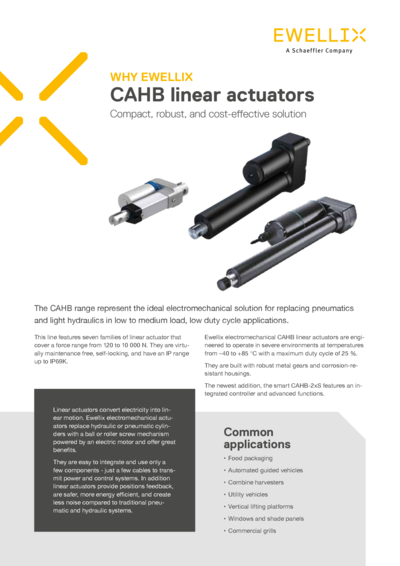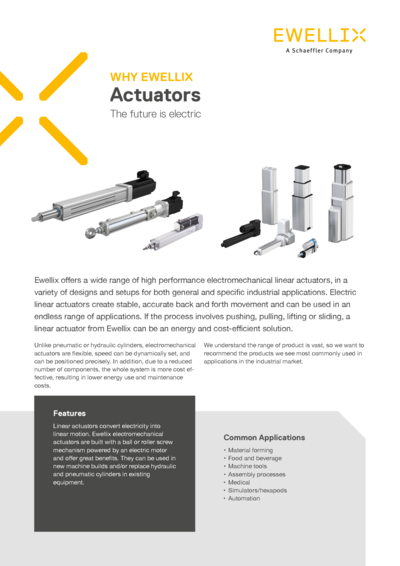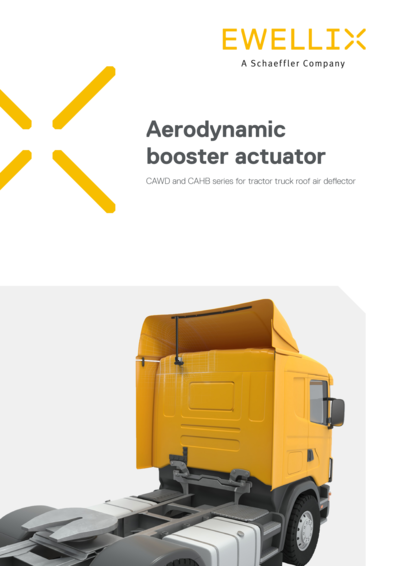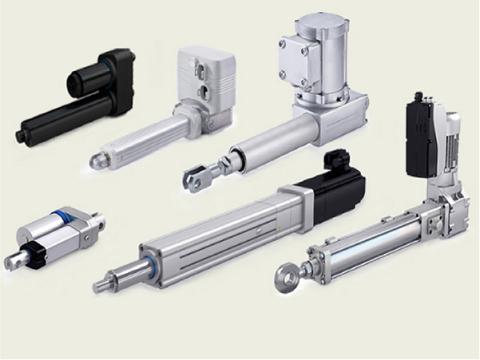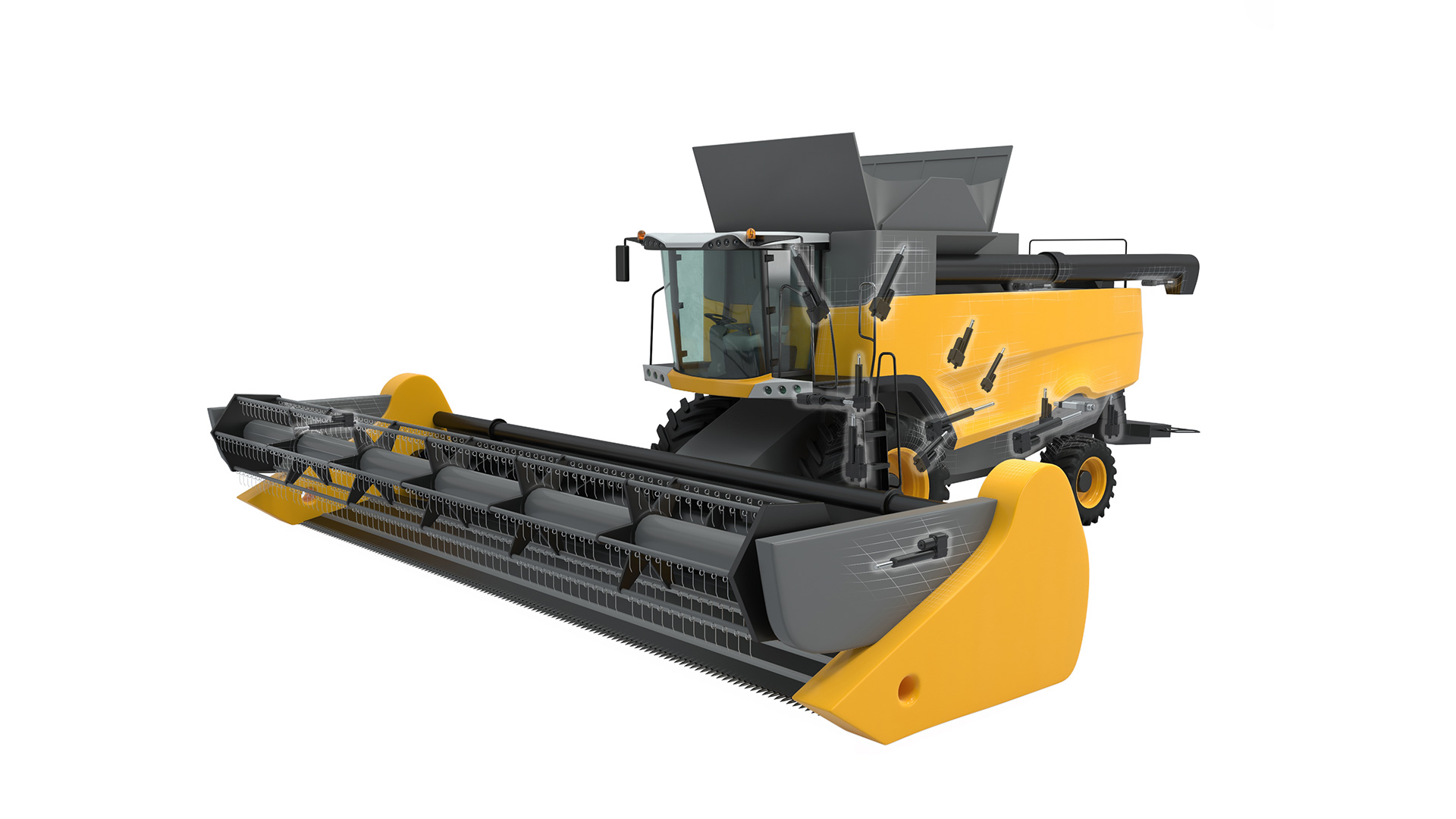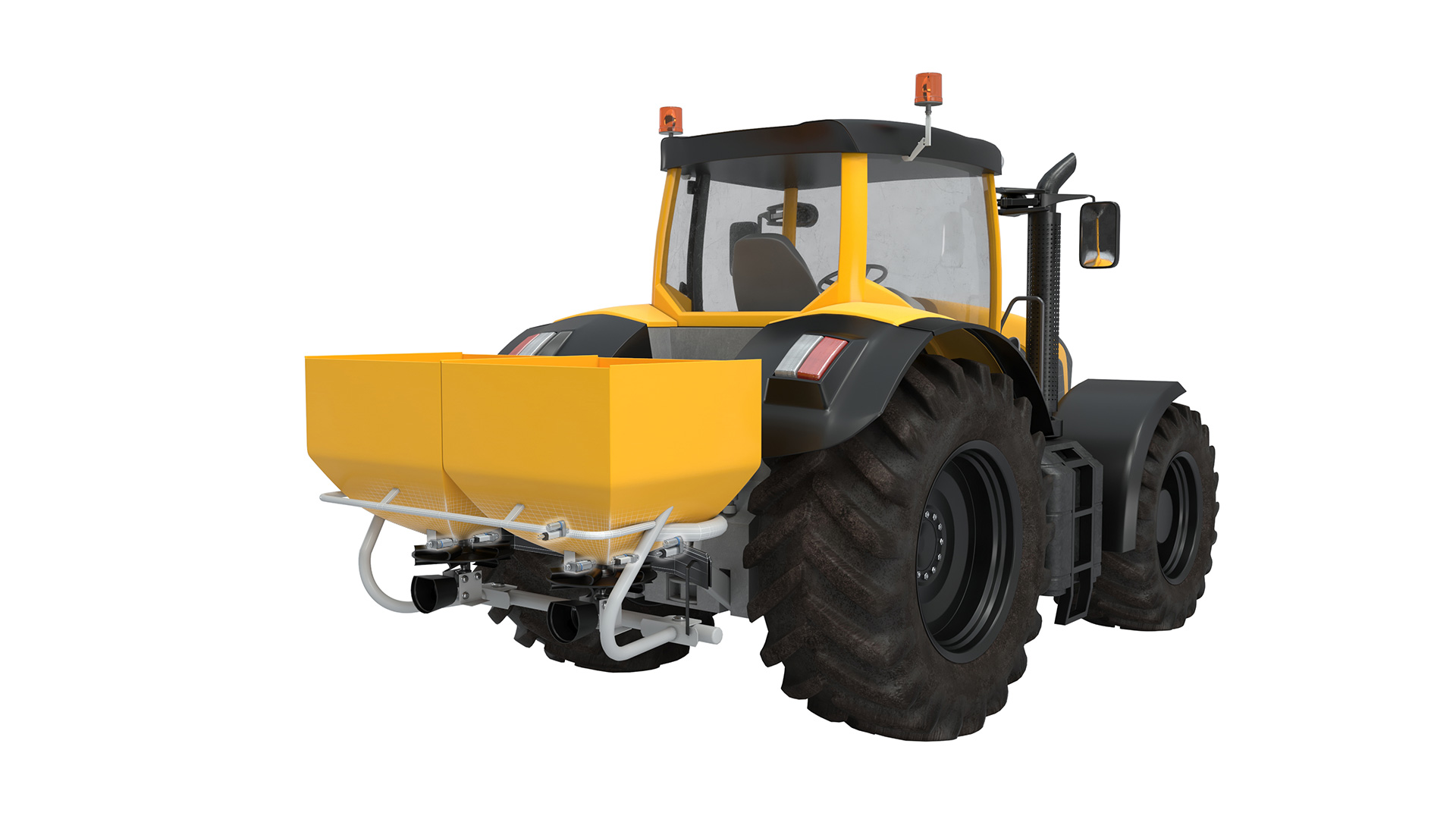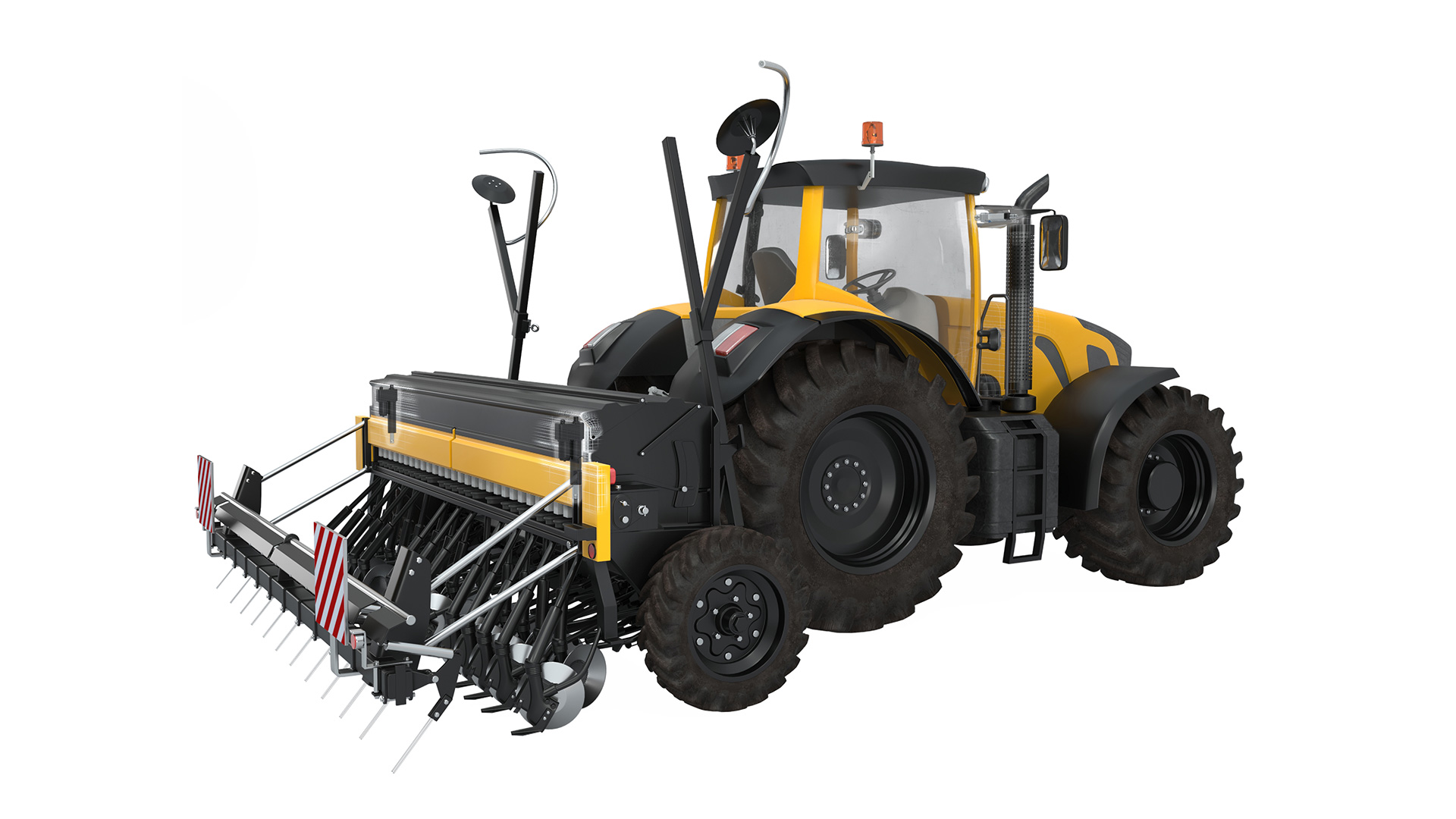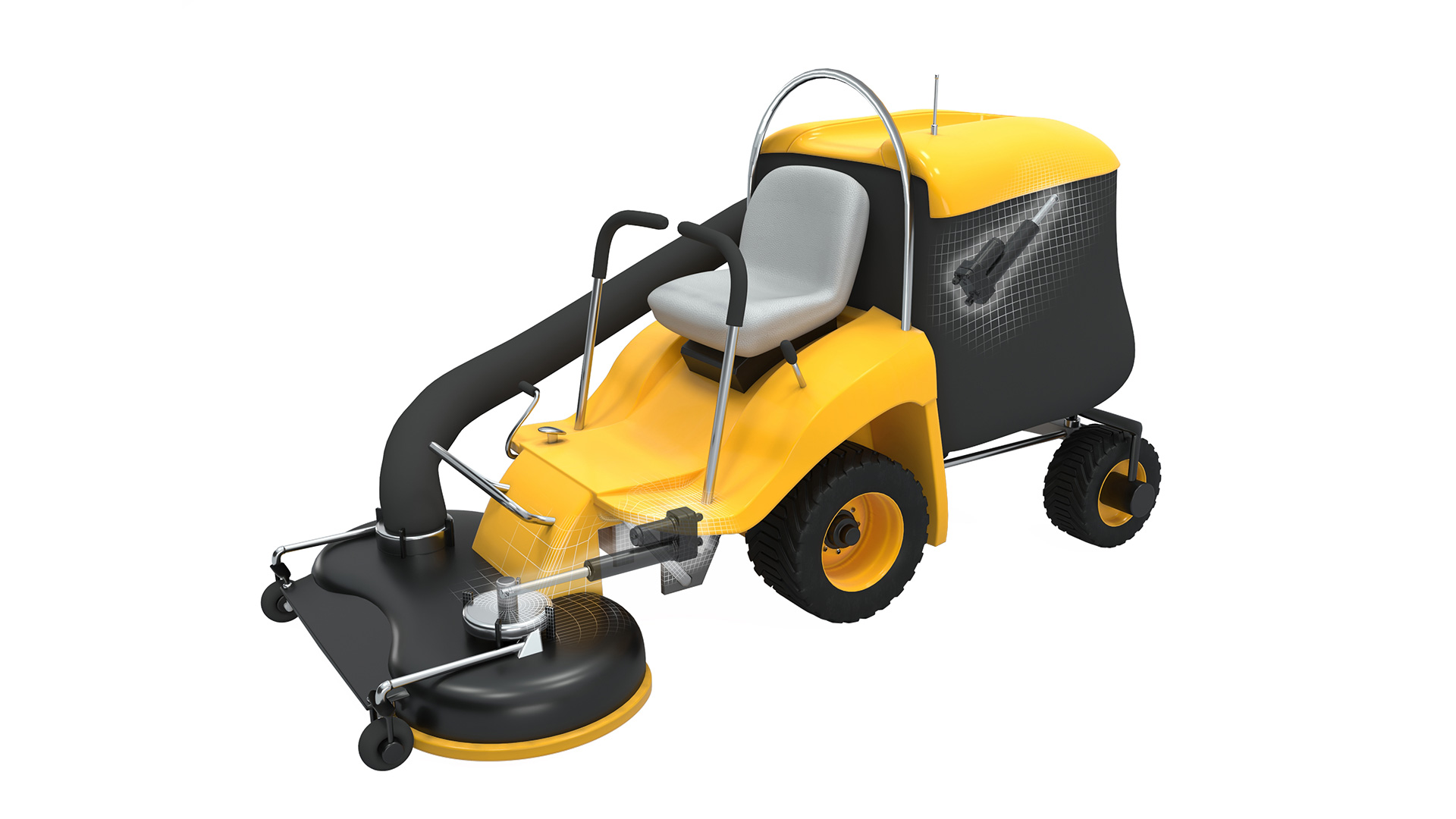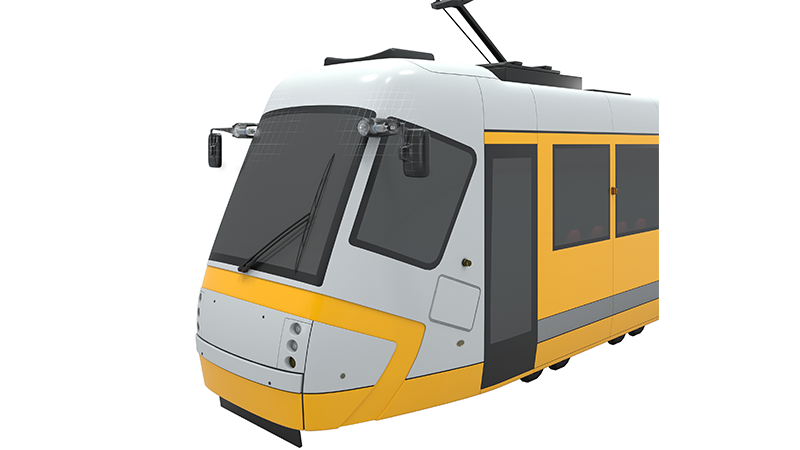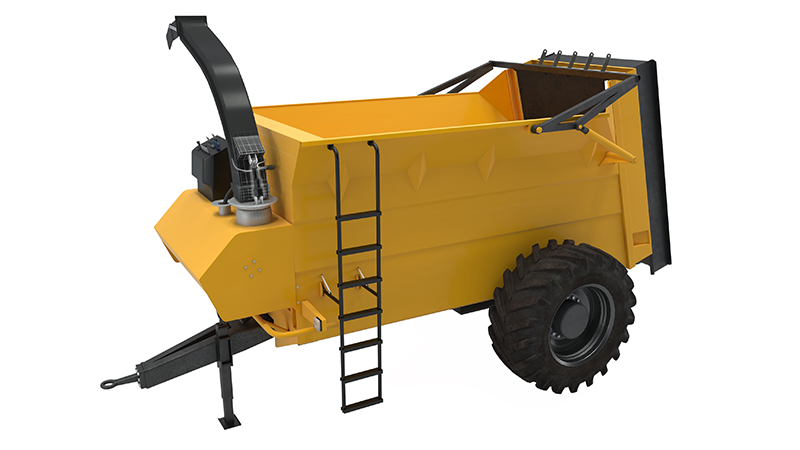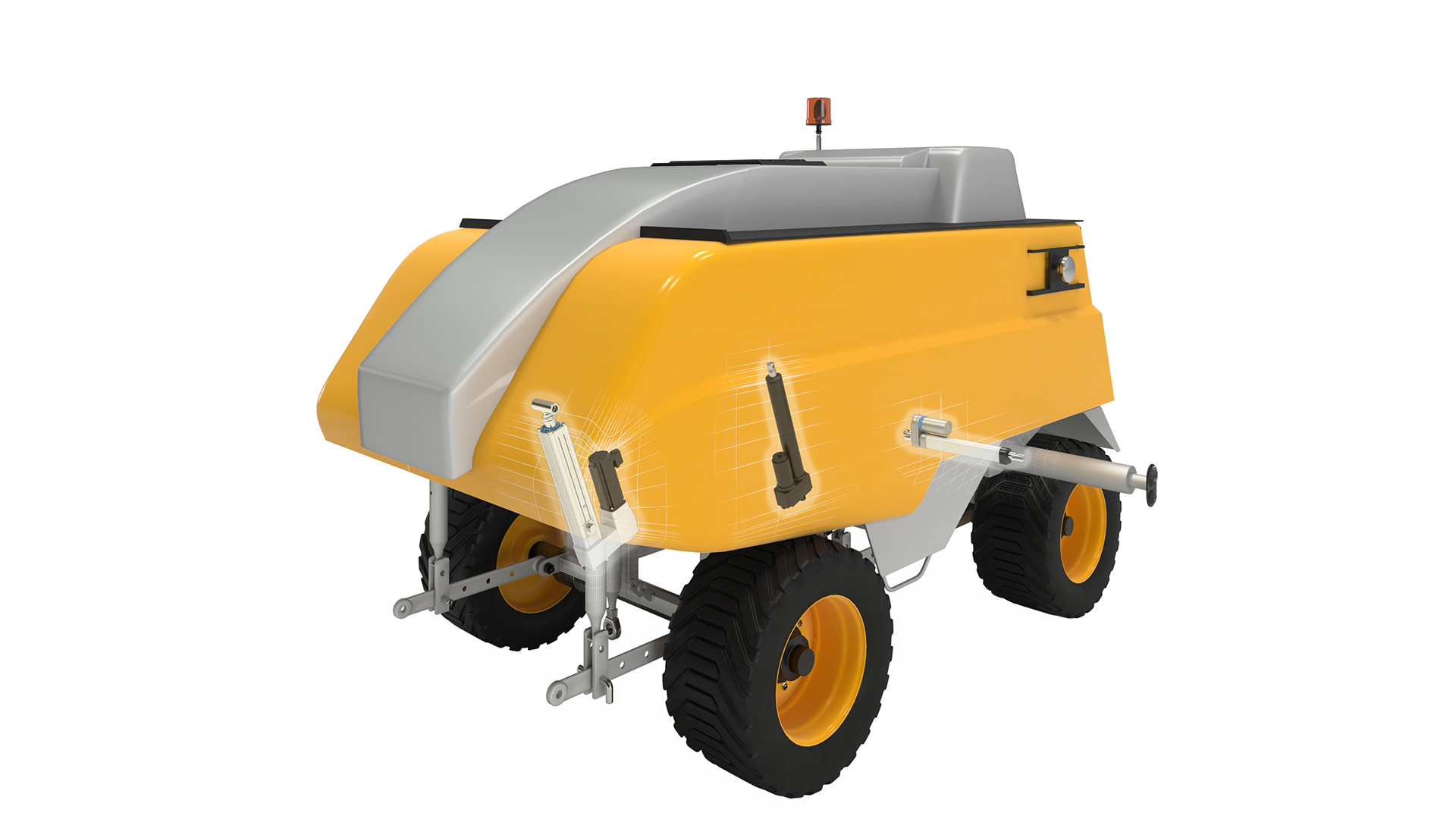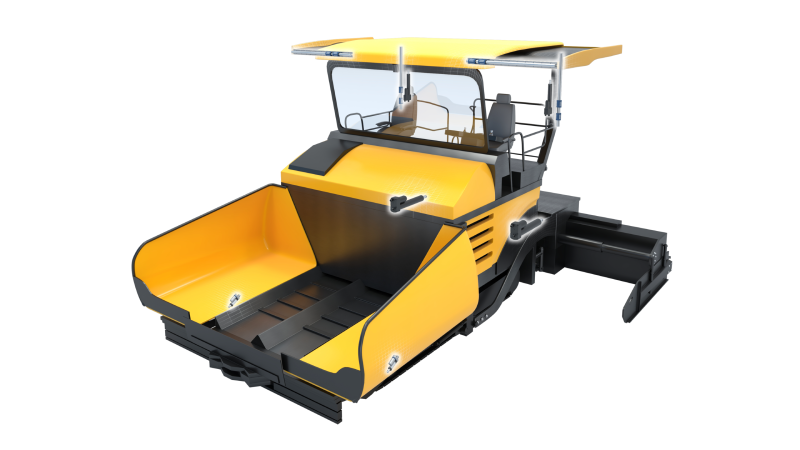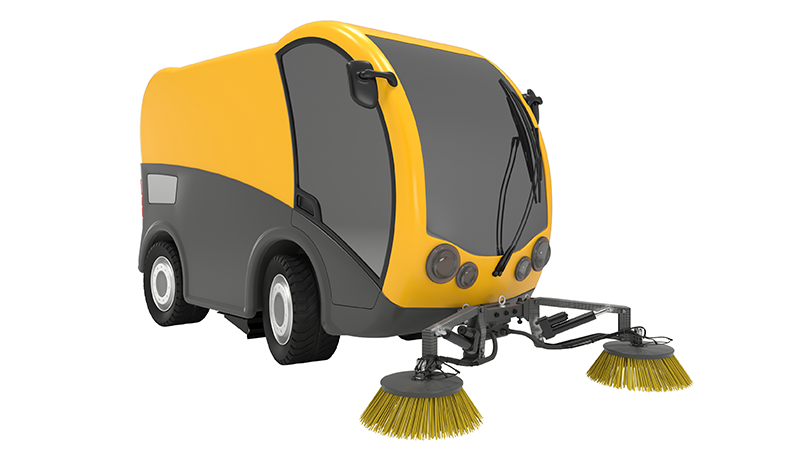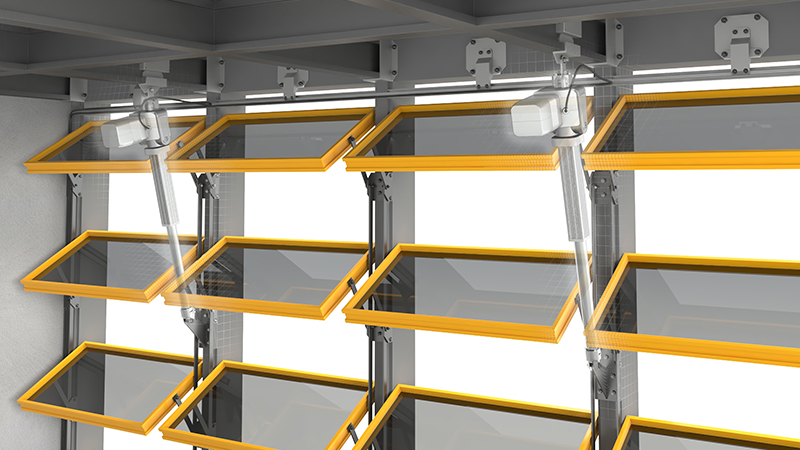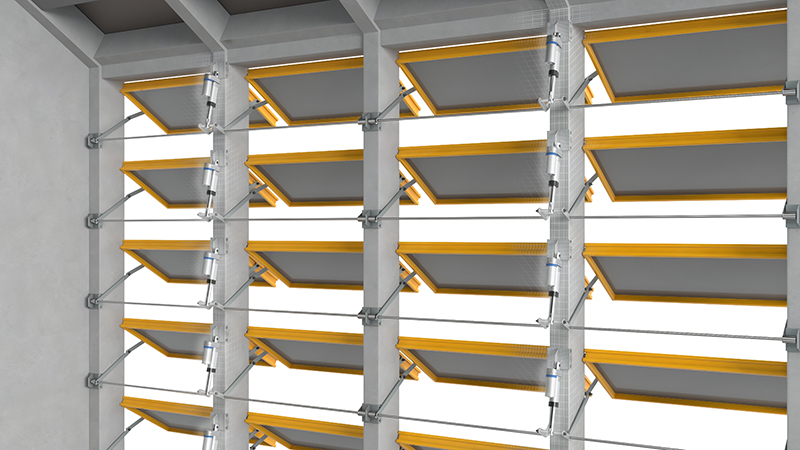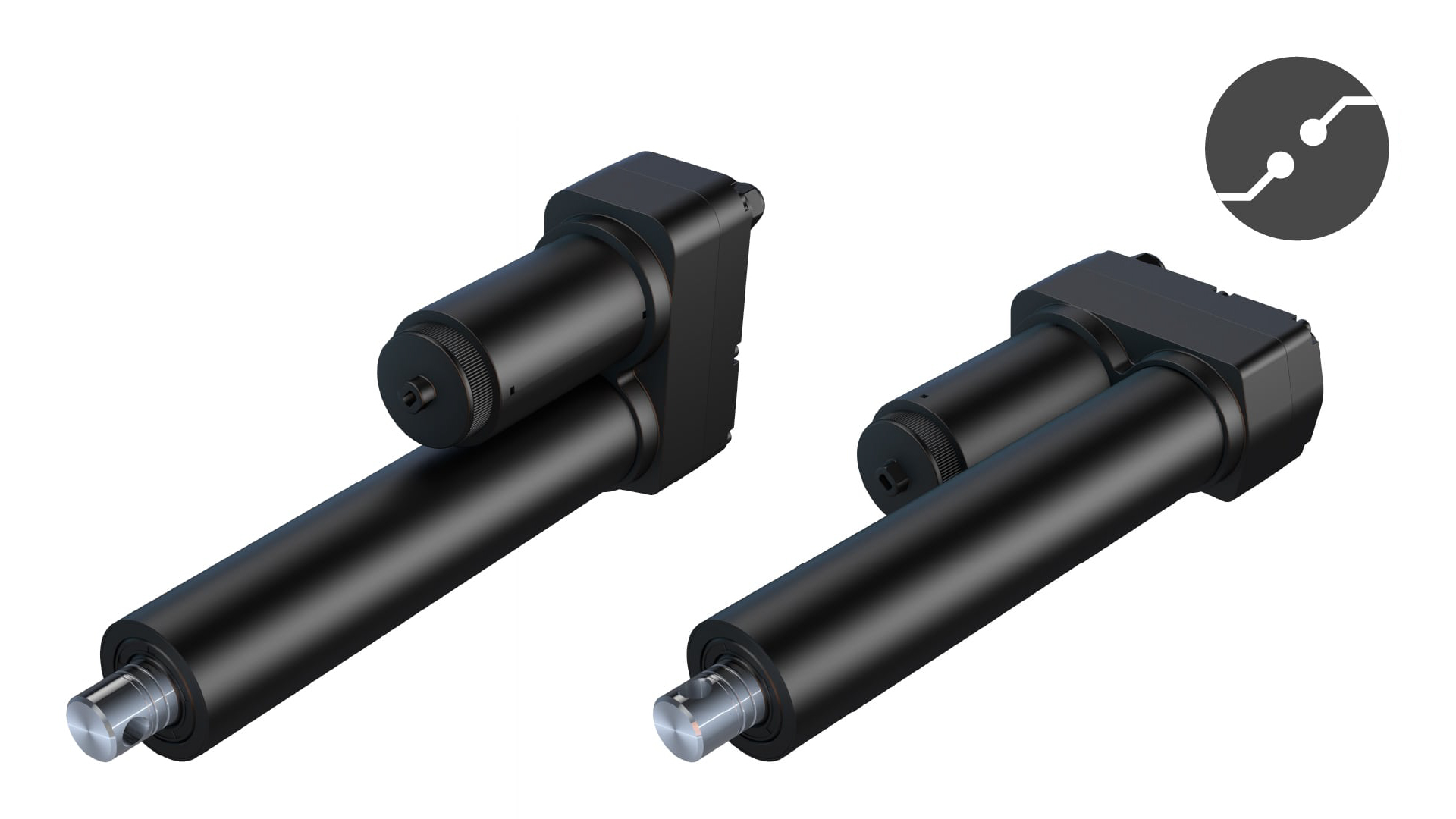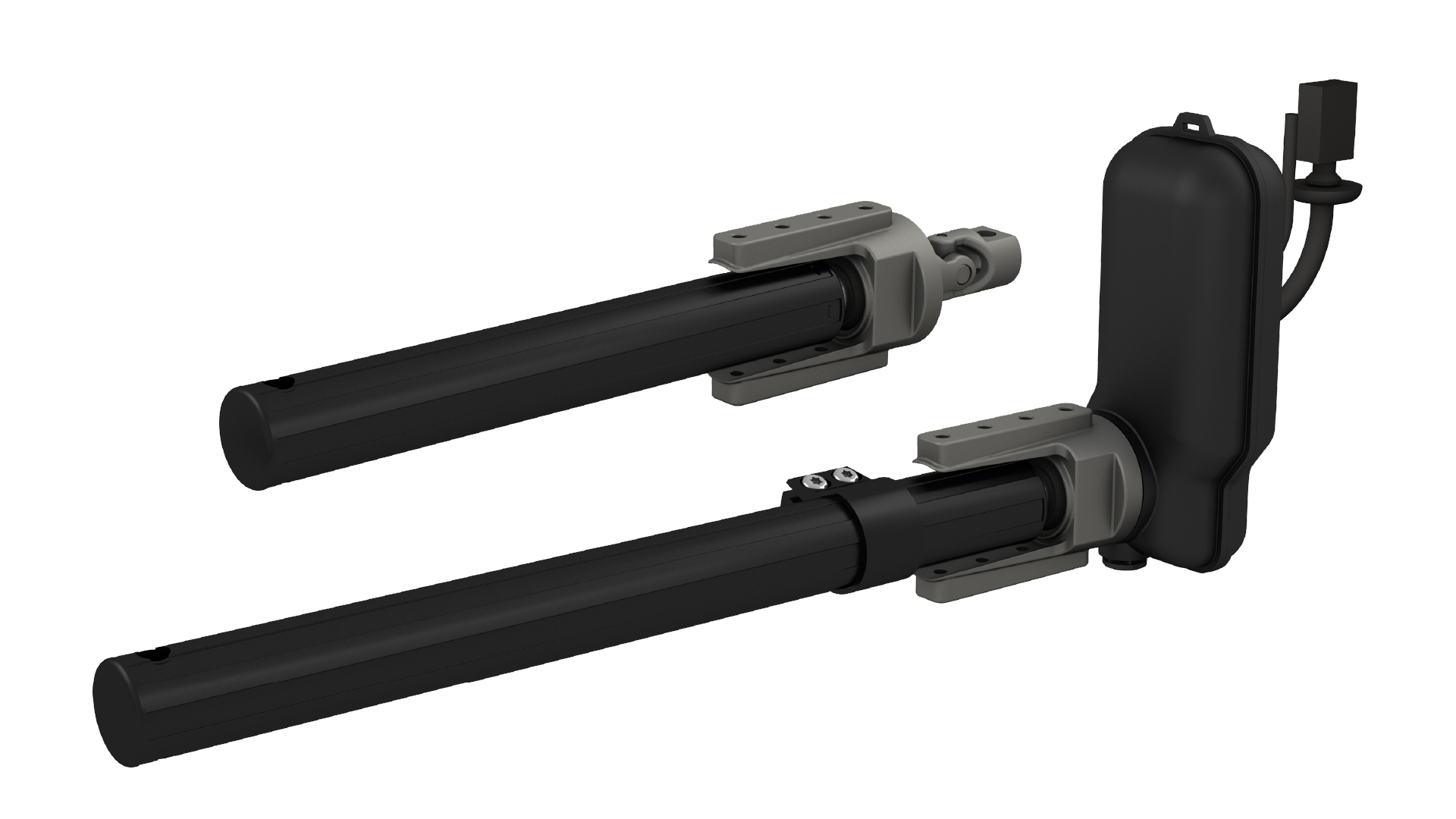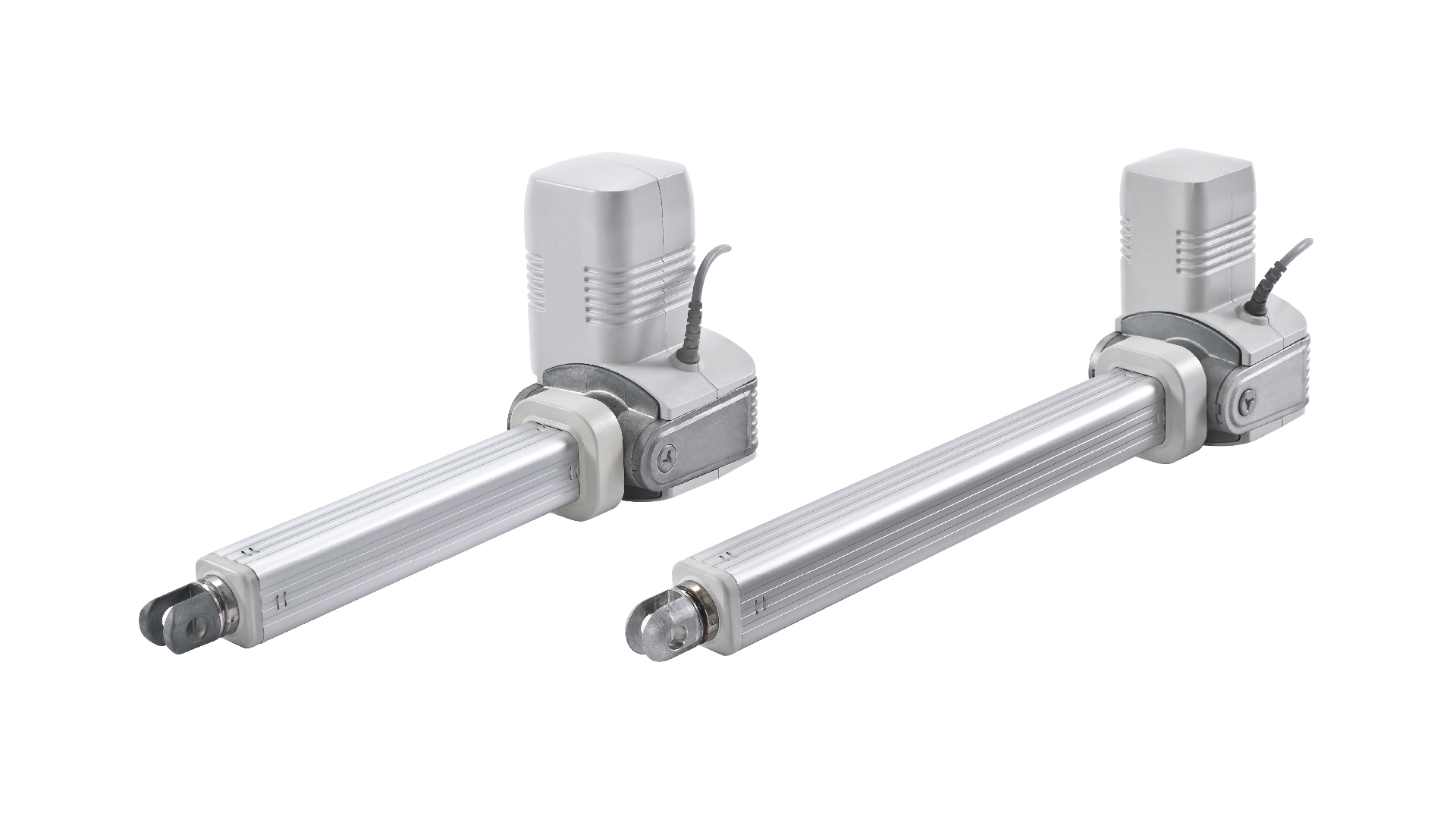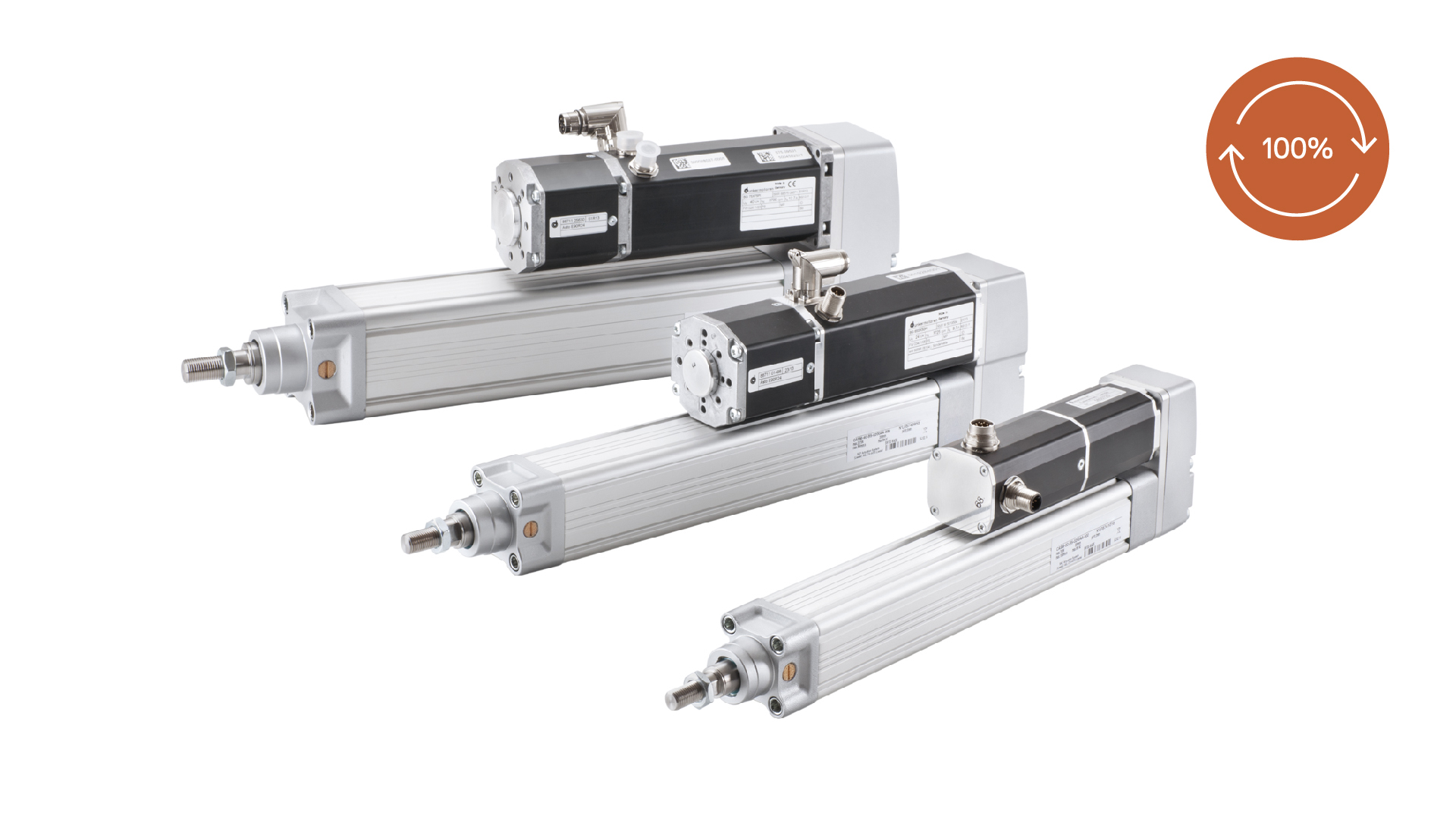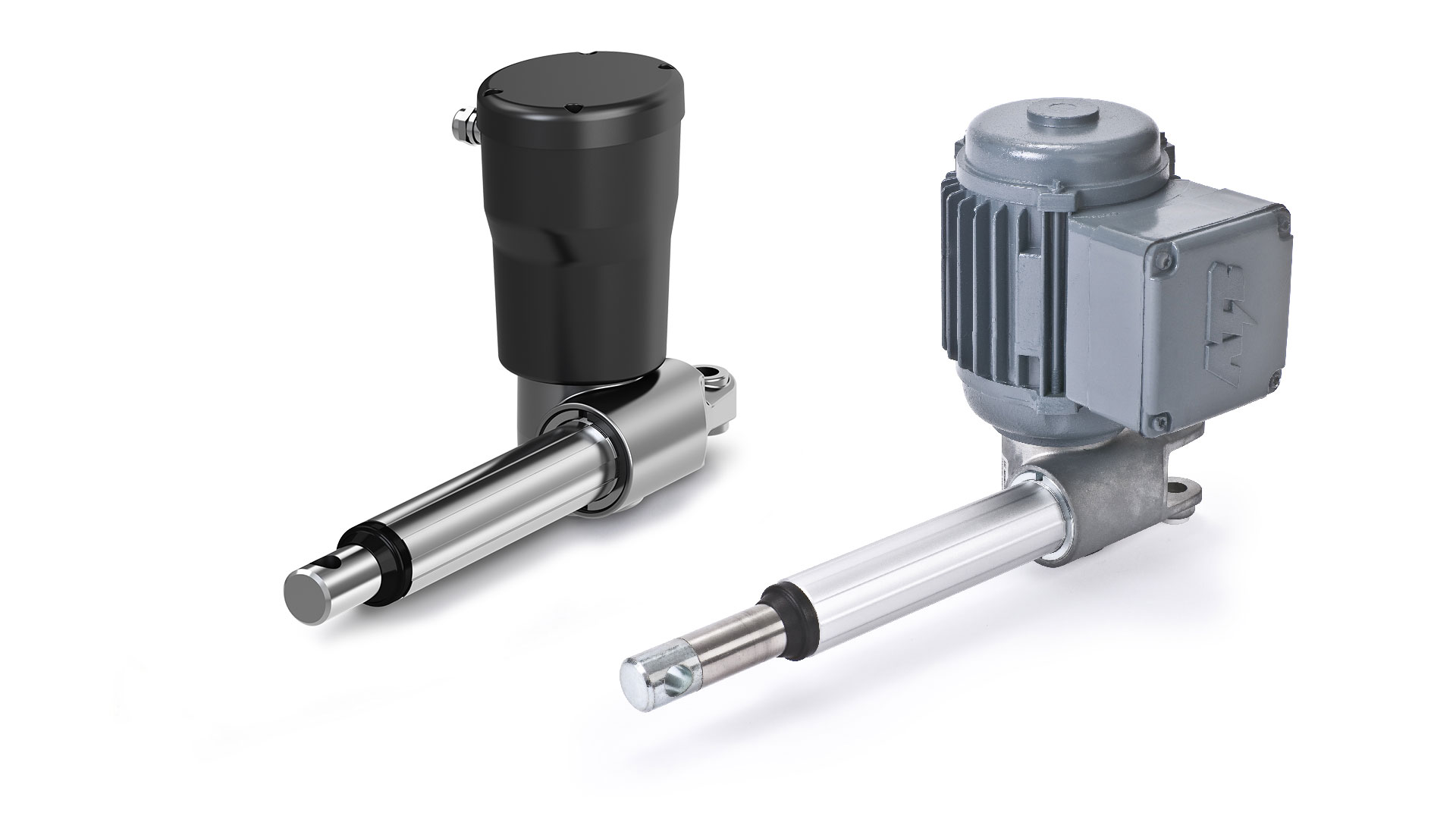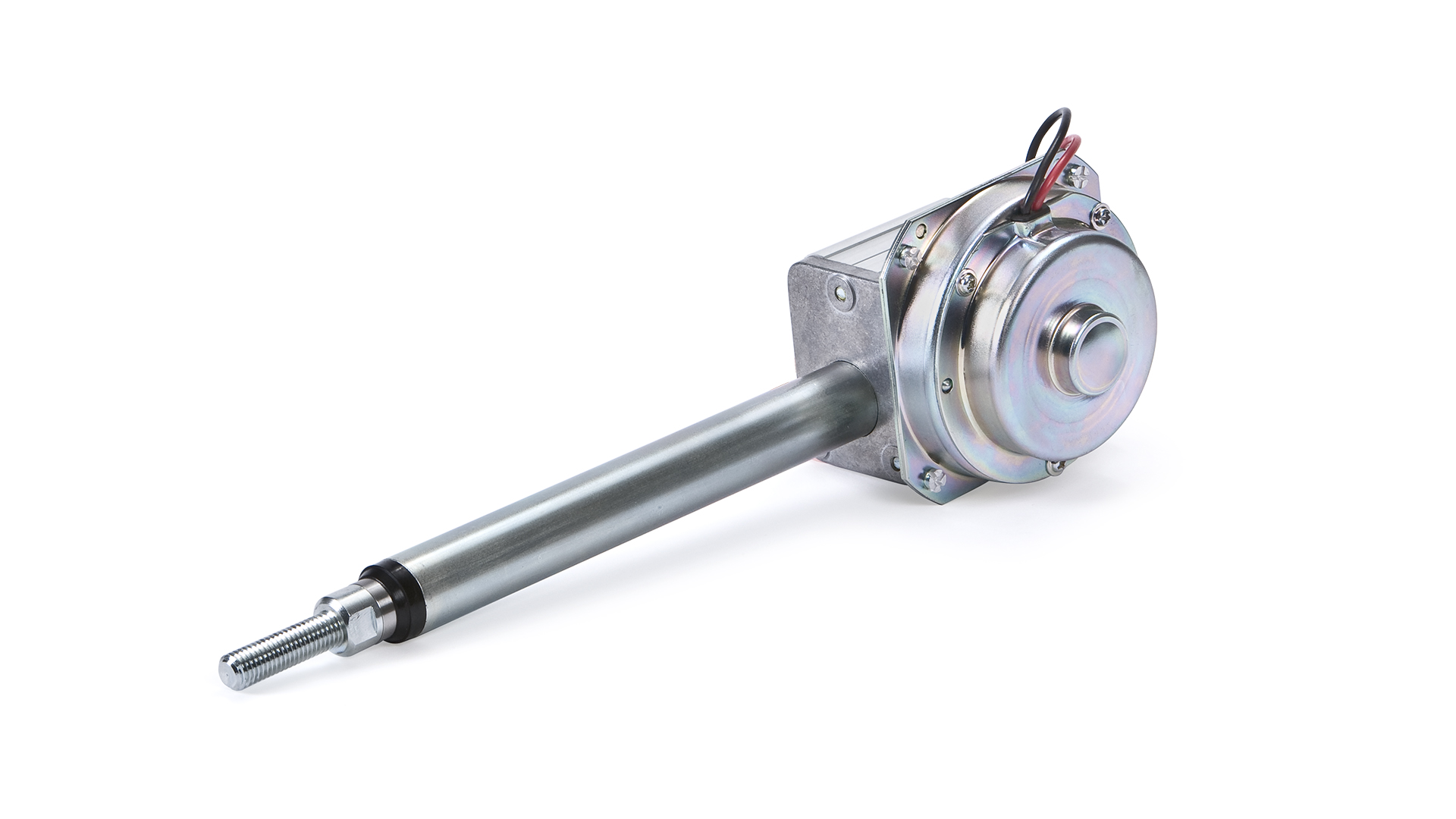Mobile C-arms are the first choice when it comes to emergency room equipment due to their unrivalled flexibility.
CAHB-10
Benefits
- Designed and tested for demanding conditions
- Reliable and cost-effective
- Reduced overall set time
- Practically maintenance-free
Features
- Compact and robust design, IP66S, wide temperature range and corrosion resistant
- Absolute or incremental positioning feedback and optional integrated limit switches
- Integrated thermal protection
- Other design options are available
The CAHB-10 is a electromechanical compact linear actuator for low load applications powered by DC voltage and is virtually maintenance-free, self-locking, IP66S rated. Designed to operate at temperatures from -40 to 85 °C and up to 25% duty cycle, Ewellix's CAHB-10 electromechanical actuator family features robust metal gears and corrosion-resistant housings.
Other design options are available: see also the 115v linear actuator or the 48v linear actuator.

Technical Data
Overview
| Push load |
up to 1 500 N |
|---|---|
| Pull load |
up to 1 500 N |
| Max stroke (mm) |
50 to 300 mm |
| Voltage |
12 or 24 V DC |
| Operating temperature | |
| Type of protection |
IP 66S |
| Max. speed no load (mm/s) |
up to 45 mm/s |
| Duty cycle (%) |
25 |
2D / 3D
Publications
Product selectors
Request for quotation
Frequently asked questions
Compact linear actuators are motorized devices designed to convert rotational motion into precise linear motion within a small form factor. They use an electric motor to generate force that moves a piston or rod along a defined linear path. Thanks to their reduced size and integrated design, compact actuators save space and simplify installation, making them ideal for applications with limited room or where lightweight components are required. Despite their size, they provide smooth, accurate, and repeatable movement, often featuring integrated feedback systems and robust guiding mechanisms. These actuators are widely used in industries such as robotics, semiconductor manufacturing, medical devices, and assembly automation, where precise and repetitive motion control is essential.
Linear actuators can be extremely compact, with stroke lengths as short as a few millimeters and body sizes small enough to fit in handheld or portable equipment. Despite their size, compact actuators can still deliver significant force and positioning accuracy, especially when designed for low-load applications. Advances in motor miniaturization, high-efficiency gearing, and integrated electronics have made it possible to deploy electromechanical actuators in space-constrained environments such as medical devices, mobile equipment, and industrial automation.
Electromechanical linear actuators work by using an electric motor—usually DC or stepper—to drive a gear mechanism that rotates a screw (such as a lead screw or ball screw). This rotary motion is converted into linear motion through a translating nut connected to the actuator rod. The system may include feedback elements like encoders or potentiometers for position control, as well as integrated features such as thermal protection, limit switches, and self-locking mechanisms. This design allows for accurate, efficient, and programmable motion control with minimal maintenance.
Need more
information?
Ask our experts.

